BMW X3 VS Mercedes Vito Transporter – Specs, Efficiency & Price Comparison
Find out now which car fits your needs better!
The BMW X3 (SUV) is powered by a Petrol MHEV, Diesel MHEV or Plugin Hybrid engine and comes with a Automatic transmission. In comparison, the Mercedes Vito Transporter (Cargo Van) features a Diesel, Electric or Petrol engine and a Manuel or Automatic gearbox.
When it comes to boot capacity, the BMW X3 offers 570 L, while the Mercedes Vito Transporter provides – depending on what matters most to you. If you’re looking for more power, you’ll need to decide whether the 398 HP of the BMW X3 or the 237 HP of the Mercedes Vito Transporter suits your needs better.
There are also differences in efficiency: 0.90 L vs 21.20 kWh6.80 L. In terms of price, the BMW X3 starts at 50900 £, while the Mercedes Vito Transporter is available from 28800 £.
Compare all the key specs now and find out which model fits your lifestyle best!
BMW X3
The BMW X3 stands out in the competitive SUV market with its refined blend of performance and luxury. Its interior boasts high-quality materials and a design focused on driver comfort and convenience. With a robust engine lineup, the vehicle offers a balanced driving experience that caters to both urban settings and off-road adventures.
details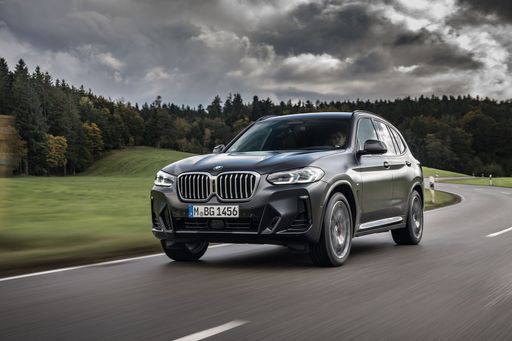 @ press.bmwgroup.com
@ press.bmwgroup.com
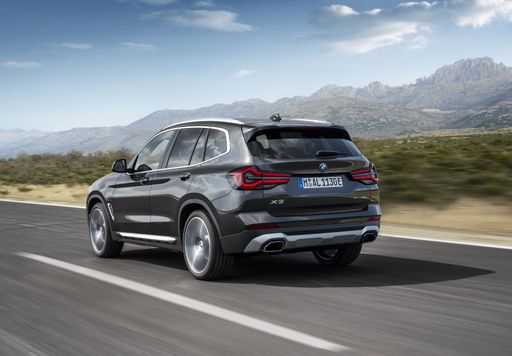 @ press.bmwgroup.com
@ press.bmwgroup.com
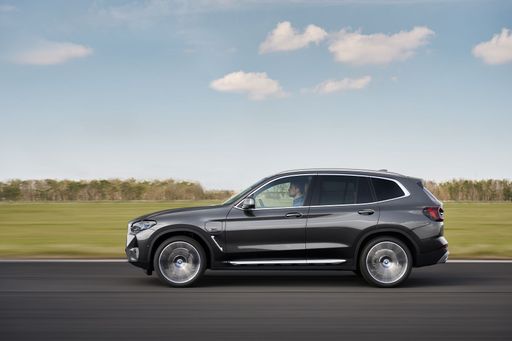 @ press.bmwgroup.com
@ press.bmwgroup.com
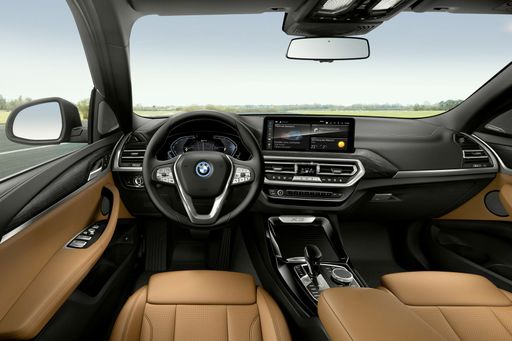 @ press.bmwgroup.com
@ press.bmwgroup.com
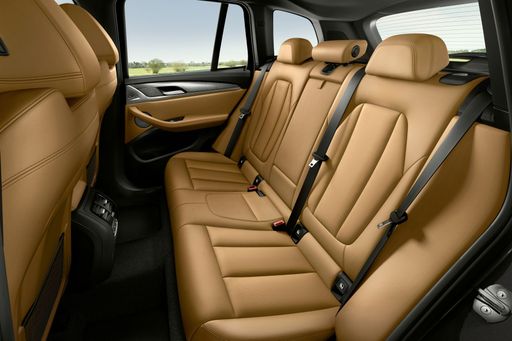 @ press.bmwgroup.com
@ press.bmwgroup.com
Mercedes Vito Transporter
The Mercedes-Benz Vito Transporter combines practicality with the refined elegance characteristic of its brand. Known for its robust performance, this vehicle offers an impressively versatile interior space, making it ideal for both commercial use and everyday driving. The advanced safety features and modern technological enhancements ensure that the Vito remains a reliable and comfortable choice for drivers.
details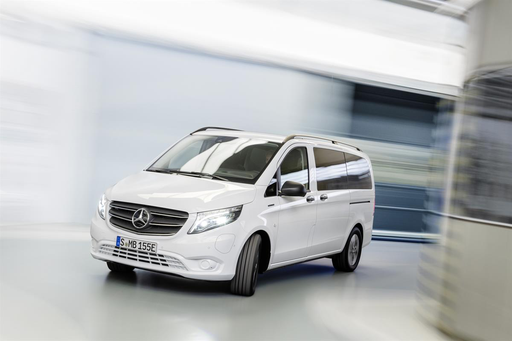 @ mercedes-benz.at
@ mercedes-benz.at

|

|
|
|
|
Costs and Consumption |
|
|---|---|
|
Price
50900 - 72400 £
|
Price
28800 - 54700 £
|
|
Consumption L/100km
0.9 - 7.7 L
|
Consumption L/100km
6.8 - 9.7 L
|
|
Consumption kWh/100km
-
|
Consumption kWh/100km
21.2 - 26.5 kWh
|
|
Electric Range
90 km
|
Electric Range
304 - 474 km
|
|
Battery Capacity
19.70 kWh
|
Battery Capacity
60 - 90 kWh
|
|
co2
21 - 175 g/km
|
co2
0 - 222 g/km
|
|
Fuel tank capacity
50 - 65 L
|
Fuel tank capacity
57 - 70 L
|
Dimensions and Body |
|
|---|---|
|
Body Type
SUV
|
Body Type
Cargo Van
|
|
Seats
5
|
Seats
2 - 5
|
|
Doors
5
|
Doors
4
|
|
Curb weight
1930 - 2140 kg
|
Curb weight
1916 - 2518 kg
|
|
Trunk capacity
460 - 570 L
|
Trunk capacity
-
|
|
Length
4755 mm
|
Length
4895 - 5390 mm
|
|
Width
1920 mm
|
Width
1928 mm
|
|
Height
1660 mm
|
Height
1910 - 1945 mm
|
|
Payload
570 kg
|
Payload
567 - 884 kg
|
Engine and Performance |
|
|---|---|
|
Engine Type
Petrol MHEV, Diesel MHEV, Plugin Hybrid
|
Engine Type
Diesel, Electric, Petrol
|
|
Transmission
Automatic
|
Transmission
Manuel, Automatic
|
|
Transmission Detail
Automatikgetriebe
|
Transmission Detail
Schaltgetriebe, Automatikgetriebe
|
|
Drive Type
All-Wheel Drive
|
Drive Type
Rear-Wheel Drive, Front-Wheel Drive, All-Wheel Drive
|
|
Power HP
197 - 398 HP
|
Power HP
102 - 237 HP
|
|
Acceleration 0-100km/h
4.6 - 7.8 s
|
Acceleration 0-100km/h
-
|
|
Max Speed
215 - 250 km/h
|
Max Speed
120 - 140 km/h
|
|
Torque
330 - 670 Nm
|
Torque
270 - 500 Nm
|
|
Number of Cylinders
4 - 6
|
Number of Cylinders
4
|
|
Power kW
145 - 293 kW
|
Power kW
75 - 174 kW
|
|
Engine capacity
1995 - 2998 cm3
|
Engine capacity
1950 - 1999 cm3
|
General |
|
|---|---|
|
Model Year
2024 - 2025
|
Model Year
2024 - 2025
|
|
CO2 Efficiency Class
F, E, B
|
CO2 Efficiency Class
G, A
|
|
Brand
BMW
|
Brand
Mercedes-Benz
|
BMW X3
Introducing the BMW X3: A Blend of Power and Innovation
The BMW X3 is a testament to the brand’s commitment to merging luxury with cutting-edge technology. This SUV not only offers impressive on-road performance but also showcases innovative features that cater to both petrolheads and eco-conscious drivers.
Powerful Performance Across the Range
The BMW X3 comes with various powertrain options to suit diverse driving preferences, ranging from efficient plug-in hybrids to powerful petrol and diesel mild-hybrids. With performance outputs ranging from 184 PS to an impressive 510 PS, the X3 proves its versatility on the road. Paired with BMW's renowned automatic transmission, each model offers a smooth and responsive driving experience complemented by the brand's xDrive all-wheel-drive system.
Leading-Edge Hybrid Technology
Among the X3's portfolio, the plug-in hybrid variants stand out with their optimal balance between efficiency and performance. These models boast electric-only ranges up to 90 km, ideal for urban driving with minimal emissions. Meanwhile, the mild-hybrid systems enhance efficiency by recuperating energy during deceleration and supporting the combustion engine, optimizing fuel consumption ranging from 0.9 L/100km to 10.8 L/100km depending on the model.
Contemporary Design with Practical Features
From a design perspective, the BMW X3 maintains its iconic SUV silhouette, characterized by robust proportions and sleek, aerodynamic lines. With dimensions of up to 4755 mm in length and a luggage capacity of up to 570 litres, it caters to both style enthusiasts and practical users. Additionally, the interior showcases BMW’s commitment to sophistication, featuring high-quality materials, state-of-the-art infotainment systems, and comprehensive driver-assistance technologies.
Efficiency Meets Performance
The X3's impressive performance figures are complemented by its responsible approach to CO2 emissions, aligning with EU efficiency standards. Enhanced by its comprehensive suite of driver aids and intelligent safety features, the X3 ensures both the thrill of driving and peace of mind.
Conclusion: The Ultimate Driving Companion
In essence, the BMW X3 represents the perfect intersection of dynamic performance, fuel efficiency, and modern-day technology. With options catering to diverse needs and preferences, it remains a leading choice for drivers seeking versatility, innovation, and luxury.
Mercedes Vito Transporter
Introducing the Versatile Mercedes-Benz Vito Transporter
The Mercedes-Benz Vito Transporter has long set the standard for practicality and innovation in the commercial vehicle market. By combining robust engineering with state-of-the-art technology, the Vito Transporter is perfectly suited to meet the diverse needs of today's businesses. With a range of body styles, powertrains, and interior configurations, this vehicle is truly designed to be the perfect partner in productivity.
Powertrain Options: Flexibility at its Finest
The Vito Transporter comes with an impressive array of powertrain options to suit any business requirement. From traditional diesel engines to electric powertrains, Mercedes-Benz ensures maximum efficiency and performance. Diesel options range from 102 to 237 horsepower, offering both manual and automatic transmission systems, while the electric models provide impressive efficiency with up to 313 km of range on a single charge.
Interior and Cargo Space: Tailored to Your Needs
The interior of the Vito Transporter has been meticulously designed to offer functionality without sacrificing comfort. Depending on the model, it accommodates between two to five seats, providing ample room for passengers and cargo alike. With a maximum load capacity of up to 1000 kg, the Vito is as capable of transporting heavy goods as it is of carrying a full crew.
Advanced Features: Beyond the Essential
With innovation at its core, the Vito Transporter is equipped with cutting-edge technology to enhance both driver experience and safety. The model offers a suite of advanced safety features including active brake assist, attention assist, and crosswind assist, ensuring every journey is as safe as it is smooth. Additionally, the optional MBUX multimedia system brings an intuitive touch interface and voice control to the driving experience.
Efficiency and Emissions: A Commitment to Sustainability
The Vito Transporter showcases Mercedes-Benz's commitment to sustainability through fuel-efficient engines and its all-electric offerings. Diesel variants offer CO2 emissions efficiency ranging from 178 to 206 g/km, while the electric Vito model eliminates tailpipe emissions entirely. This drives not only eco-friendly business practices but also cost savings over time with reduced fuel consumption.
Conclusion: A Reliable Partner for Every Business
Ultimately, the Mercedes-Benz Vito Transporter is more than just a vehicle; it is a reliable business partner that adapts to meet the challenges of various industries. By blending robust design with innovative technology, it delivers exceptional performance and utility. Whether you require efficient diesel fuel economy or zero-emission electrification, the Vito Transporter is a versatile choice to handle any task with ease.
The prices and data displayed are estimates based on German list prices and may vary by country. This information is not legally binding.
